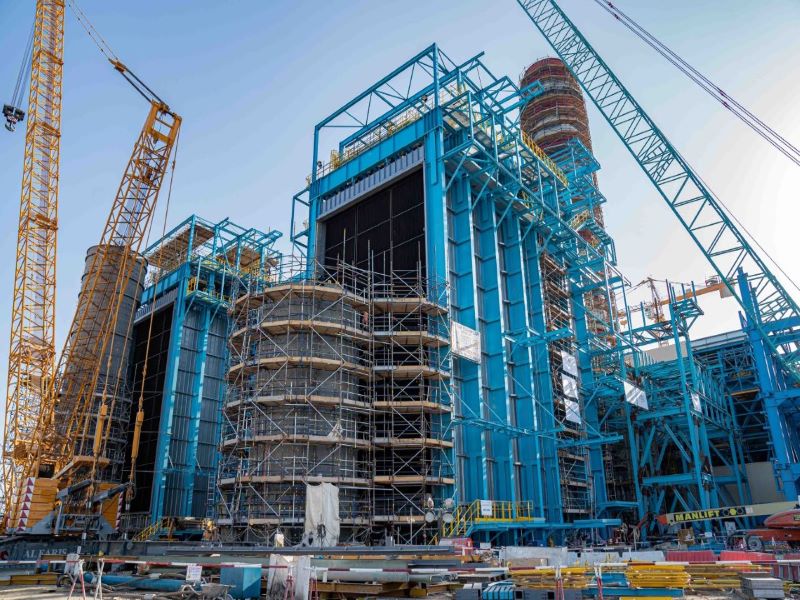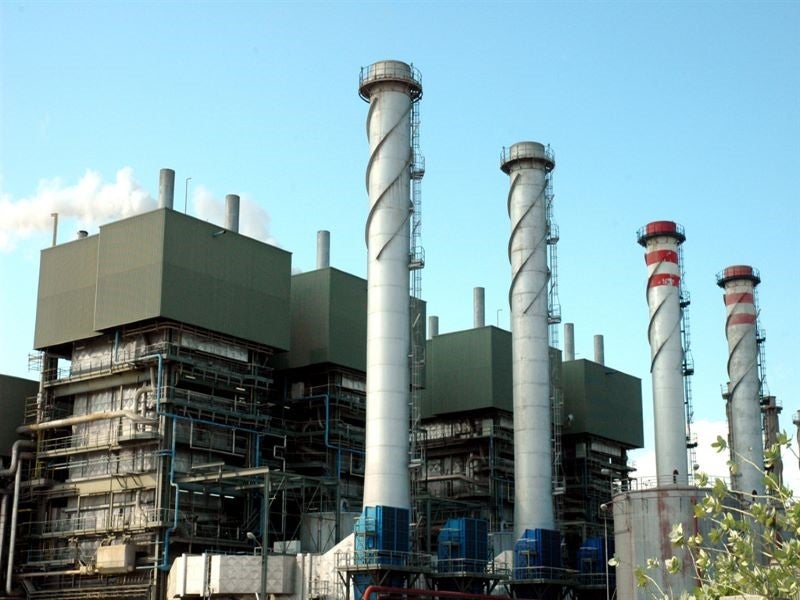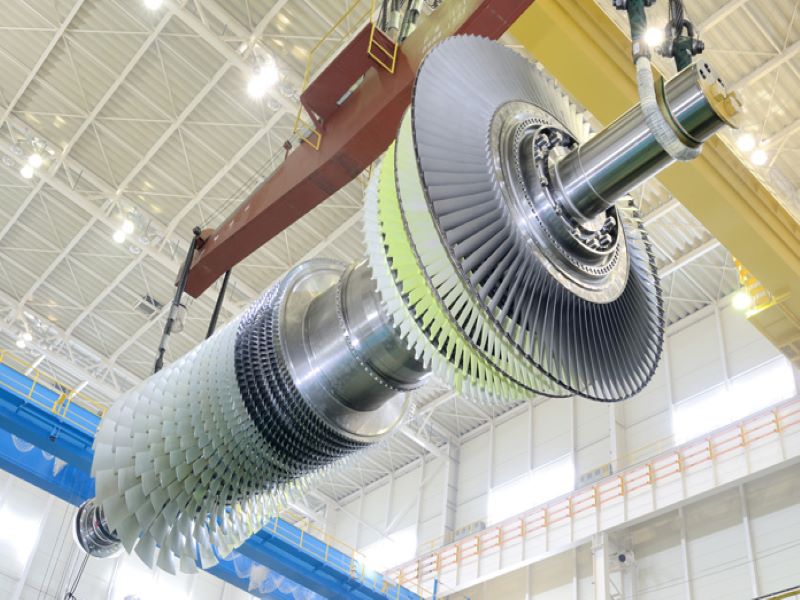The Al Layyah combined-cycle power plant (CCPP) is a 1.02GW natural gas-fired power plant developed at the Layyah power plant site in Sharjah, United Arab Emirates (UAE). It represents an expansion of the Layyah power plant.
The project has been implemented by the Sharjah Electricity, Water and Gas Authority (SEWA), a government utility, which is also the operator of the plant. The Al Layyah CCPP has been developed with a capital investment of around AED2.05bn ($558m).
The Layyah power generation facility has a capacity of 896MW. Built in multiple phases, the plant is powered by steam and gas combustion turbines. The on-site desalination plant supplies around 51 million gallons a day of water to the plant.
The Al Layyah CCPP commenced simple cycle operation with two M701F gas turbines in October 2021. The steam turbine was installed by the end of 2022, with the start of combined cycle operation expected in 2023.
Upon completion of the 1.02GW CCPP expansion project, the Layyah power station is expected to supply 20% of Sharjah’s electricity.
Al Layyah power plant location and make-up
The Al Layyah CCPP occupies an area of around 35,000m² in Al Layyah, a suburb of Sharjah.
The Al Layyah CCPP involves the construction of a natural gas-fired power plant equipped with two M701F gas turbines, a steam turbine, two heat recovery steam generators (HRSGs) and three generators.
The M701F gas turbine features a compressor shaft end drive that reduces the impact of thermal expansion on the shaft alignment. The turbine unit also includes a single-shaft two-bearing support rotor.
The turbine design incorporates free-standing rotating blades in the first two stages, with the third and fourth stages featuring integral shroud blades. The turbine is protected by horizontally split casings, which allow the blades to be removed easily while keeping the rotor in place for maintenance activities.
Part of the power produced by the turbine is used to drive the compressor, while the remainder drives the electric generators.
The two outdoor-type HRSGs will feed the steam turbine with high-pressure steam. The steam generator unit is an enclosed, self-ventilated, cylindrical rotor-type, synchronous alternator. The cooling system includes horizontal hydrogen coolers to circulate hydrogen gas in the steam generator.
The water required for the power plant is sourced from the sea via a pipeline system. Seawater is drawn from an onshore pumping station and transported to a pre-treatment system before it is used at the power plant.
Financing for the project
The project is financed by the Japan Bank for International Cooperation, Société Générale, ING Bank and Standard Chartered Bank.
Nippon Export and Investment Insurance (NEXI), a Japanese state-owned insurance corporation, is providing insurance cover for the co-financed portion of the project.
Contractors involved in the project
In March 2019, a consortium of Japanese energy solutions provider Mitsubishi Hitachi Power Systems (MHPS) and multi-national engineering services company Elsewedy Electric was awarded the engineering, procurement and construction contract for the Al Layyah CCPP.
MHPS was responsible for the supply of the power plant’s turbine units and associated equipment, while Elsewedy Electric’s scope of work included engineering and civil construction works, procuring balance-of-plant equipment and installing gas and steam turbines.
The Environmental Solutions and Consultancy (ESC) prepared an environmental and social impact assessment (ESIA) report for the project, while EDF Energy served as engineering consultant.
Danway, an electrical and mechanical contractor based in the UAE, was engaged for the electrical and instrumentation work.
Overseas AST was engaged as the EPC contractor for the seawater intake and outfall systems for the project.






